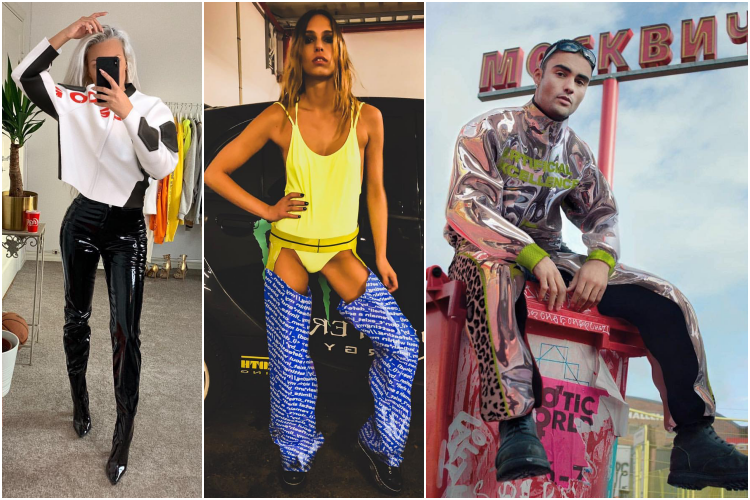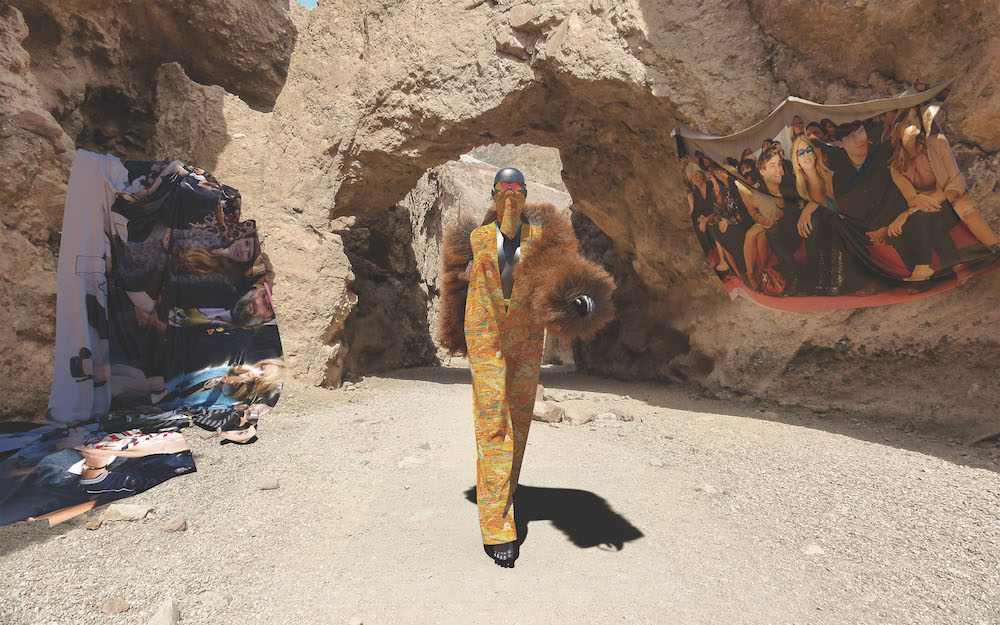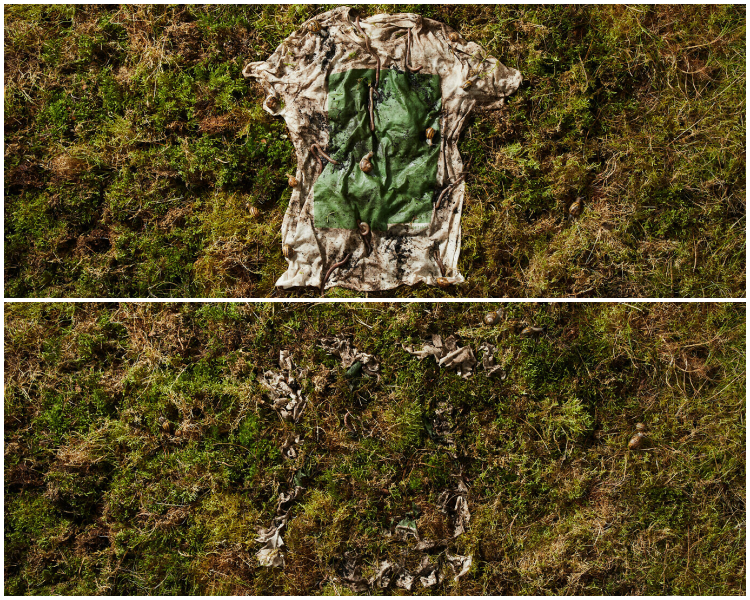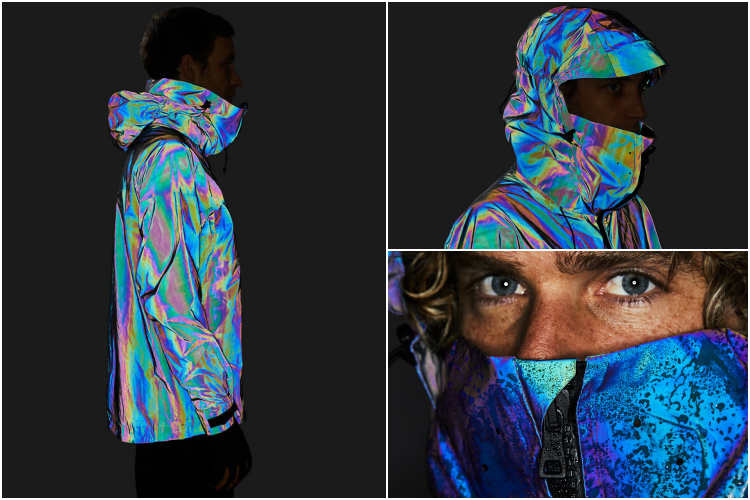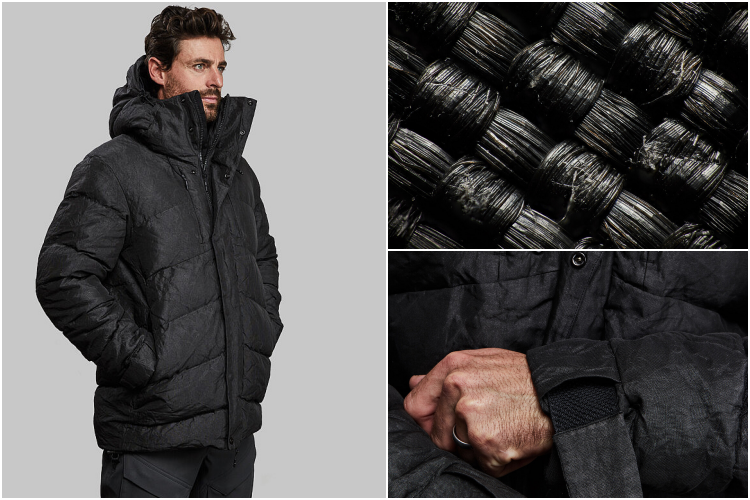In recent times, social consciousness for more responsible consumption has grown. In response, numerous ambitious and unusual projects have emerged where technology and fashion merge to reduce environmental impact.
What if clothing couldn’t be touched?
What if the solution to fast fashion and the sustainability issues it entails lay in creating clothing that, in reality, doesn’t exist? Shopping habits have changed a lot in recent years, and social media plays a very important role in the whirlwind of novelties, launches, and consumers’ desire to stay up to date with fashion trends. So, if we think about it, the idea of creating digital clothing doesn’t seem so far-fetched.
The garments are created using 3D technology and only exist virtually. That is, they are designed to be used only in multimedia formats, such as photos and videos. Buyers acquire a garment that doesn’t physically exist but can be used to dress up one of their photos. The process is simple: you take a photo, choose the garment, make the payment, and mark the “Dress me up” option. Then, the platform designs the photo, and you have the option to download the image to share it on social media. This is undoubtedly a much more sustainable and waste-free option, as there are no raw materials other than technological ones.
One of the pioneers
The Scandinavian company Carlings was one of the first to develop this idea with a collection of digital clothing called neo-ex. 19 unisex garments priced between 10 and 30 euros. Although Carlings wasn’t the only one. In fact, The Fabricant hasn’t created a special collection of digital clothing but is the first company dedicated exclusively to this new way of making fashion. An initiative that not only reduces the environmental impact of the industry but also adapts to consumption habits and fosters creativity because, you wouldn’t buy a basic white digital T-shirt, would you?
Innovation in fashion goes through sustainability
Technology and fashion come together in many other ways. Many of them are related to recycling and the use of natural resources. Volleback and its Plant and Algae T-shirt are a good example of this. The fibers of the T-shirt are made from polished eucalyptus and beech. The pigments, however, are produced from algae. A much more sustainable alternative to chemical dyes gives the T-shirt one of its greatest peculiarities: the change that natural dyes undergo over time. When exposed to air, the green pigment based on algae oxidizes and turns ochre.
Furthermore, since the Plant and Algae T-shirt is made from nature, once we can no longer use it, it will return to nature as it is biodegradable. We can bury it in the garden or in a forest, and it will disappear into the earth in 12 weeks, turning into compost or food for insects.
Outerwear that goes beyond
Volleback bets on innovation in each and every one of its creations. Outerwear is one of its strengths. The Black Squid Jacket was inspired by the adaptive camouflage of squid to create a black but multi-colored waterproof jacket. To make it, lasers were used to embed over 2 billion microscopic glass spheres on its surface. In this way, although at first glance it is just a black jacket when exposed to light, it reflects the entire spectrum of colors.
The Indestructible Puffer completely breaks with planned obsolescence and the basic tenets of fast fashion. It’s a jacket for life. Made from dyneema, the strongest fiber known, this jacket is 15 times stronger than steel, so it’s not only designed to be passed down from generation to generation but also can serve as protection against impacts and tears. Additionally, the material it’s made of has a special sensitivity to temperature that they’ve taken advantage of. The colder the dyneema is exposed to, the stronger it becomes.
Although for now, only a few companies are betting on this type of innovation, technology, and fashion are getting closer and closer. Will digital fashion be established? Will consumption habits change enough to buy only one jacket? or Will recycled materials become more of a habit than news?
Images courtesy of Carlings, The Fabricant, and Volleback.

